Music and the Holocaust

As Holocaust Remeberance Day comes around on January 27, one of ACMP’s members, Dr. Leon Hoffman (Vc, Chicago, IL), reminded me how important it is to pay homage to all the musicians and composers who suffered so tragically during this terrible event. Several of the composers whose chamber music works are frequently played and cherished by our chamber music community were among those who were in persecuted groups and whose lives were changed forever. Here is a snapshot of some of those composers and their stories.
Alexander Zemlinsky was an Austrian composer, conductor and teacher. His pupils included Erich Korngold, Hans Krása, Alban Berg, Anton Webern and Karl Weigl, and he was friendly with Gustav Mahler and Arnold Schoenberg.
Zemlinsky had Hungarian Catholic heritage on his father’s side, and Jewish and Muslim heritage through his mother, but the family had converted to Judaism before Alexander was born. Zemlinsky converted to Protestantism in 1899 and, although he was not especially religious, he set religious texts and Psalms to music.
In 1927 Zemlinsky accepted an offer from Otto Klemperer to conduct at the Kroll Opera, and subsequently stayed in Berlin until 1933, guest conducting in France, Spain, Italy and Russia. On April 7 the Law for the Restoration of the Professional Civil Service excluded Jews from employment in the civil service. Zemlinsky wasted no time in leaving Berlin for Vienna in April 1933. The name ‘Israel’ was written in his Viennese residency application – whether he volunteered the information about his heritage is unknown.
Zemlinsky’s professional engagements ceased by 1935; whether he resigned by choice is unknown. Despite this, he composed prolifically throughout the 1930s, and received some performance and conducting opportunities in Vienna, Prague and Leningrad during this time. During 1936 he worked on his opera Der König Kandaules (King Kandaules), which had a libretto adapted by the French author André Gide, although he did not finish its orchestration. After the Anschluss in 1938, widespread attacks took place against Austrian Jews, and Zemlinsky and his second wife, Luise, destroyed photographs of Zemlinsky’s Muslim and Jewish grandparents, in case they could be used against him. The family was granted permission to leave Austria for the US thanks to the sponsorship of friends in America. They travelled through Prague, Rotterdam and Paris before arriving in New York in December 1938. They later found out that Luise’s mother and aunt had been deported to Terezín and perished in the camps.
In New York, Zemlinsky struggled to receive recognition for his work. He wrote a few popular songs, and his Sinfonietta was performed by the Philharmonic Society of New York in December 1940 and broadcast by NBC. Efforts to get his work Der König Kandaules premiered in at the Metropolitan Opera received little interest. He began work on a new opera, Circe, in 1939, but it was never finished. Zemlinsky’s health rapidly declined after he suffered a number of strokes, but he did meet Schoenberg for a final time – the composers had not seen each other since 1933, when they had allegedly argued over the application of twelve-tone technique. Zemlinsky died of pneumonia in 1942. Read more here.
Kurt Weill was born on 2 March 1900 in Dessau into a Jewish family with a long ancestry in Germany. As a teenager Weill began studying music with Albert Bing, and soon began composing, displaying the early predilection for vocal music that was to lead him to musical theatre. He later moved to Berlin to continue his studies, working with Engelbert Humperdinck and Ferruccio Busoni.
The aspiring musician quickly became a fixture in the vibrant cultural scene of 1920s Berlin. In 1922 he joined the Novembergruppe, a group of leftist Berlin artists that included Hanns Eisler and Stefan Wolpe. They primarily performed the works of modernist composers like Berg, Schoenberg, Hindemith, Stravinsky and Krenek. He had some early successes, but it was his partnership with Bertold Brecht that transformed Weill into an international sensation.
Like many other artists in his situation, Weill repeatedly misread political developments, believing that things were bound to get better. Eventually he learned that he and his wife were officially on the Nazi blacklist and were due to be arrested, so in March 1933 he crossed the border to France, still hoping that his stay in Paris would be temporary. Weill’s continued collaboration with Brecht while in Paris was relatively unsuccessful, and soon after his marriage ended in divorce. He then left for the USA, where he hoped to rebuild his career. There, he was also re-united with his ex-wife Lotte Lenya.
His first few years in America were fraught with difficulty – his plays were unsuccessful and the young couple struggled to support themselves. It was not until 1938, with his hit musical Knickerbocker Holiday written with playwright Maxwell Anderson, that Weill finally gained access to the musical theatre scene of Broadway. Despite his financial success in the United States, however, he never achieved the sort of fame or influence that he had enjoyed during the Weimar years. Always something of an outsider, he remained on the fringes of the musical establishment, and until his death was denied membership into the American Academy of Arts and Letters. Weill died at the age of 50 on 3 April 1950. Read more here.
Bohuslav Martinů was a Czechoslovakian violinist and composer. Inspired by traditional Bohemian and Moravian folk melodies as well as contemporary music, Martinu wrote chamber music, operas, ballets, orchestral, and vocal works.
After the Nazi invasion of Czechoslovakia in 1939 and the signing of the Munich Agreement, Martinu tried to join the Czech Resistance in France but was not accepted because of his age. Instead he wrote a cantata for baritone, chorus and orchestra, Field Mass (Polní mše, 1939) in tribute to the Czech Government-in-Exile led by Edvard Benes and the Czechoslovakians fighting in the French army.
Field Mass was first broadcast in England and heard over the radio in Czechoslovakia. When the Nazis became aware of Martinu’s tribute to the Czech resistance, the composer was blacklisted by the regime. After the Nazi invasion of France in 1940, Martinu and his family were forced to flee because, as an enemy of the Nazis, Martinu risked arrest and imprisonment. The Martinus fled first to Aix-en-Provence in the south of France before crossing the border through Spain to Portugal in January 1941 and eventually fleeing by boat to the US. Composer Paul Sacher assisted with the Martinus’ financial costs.
Though Martinu initially struggled to settle in New York he soon adjusted and joined the teaching staff at Mannes College of Music and Princeton University. He composed prolifically in the US; he had not composed a symphony before arriving in America but wrote one per year from 1942-46. He also enjoyed premieres of compositions by leading American orchestras in New York, Boston and Chicago. In 1943 the New York Philharmonic premiered his eight-minute symphonic poem, Memorial to Lidice (Památnik Lidicím). The piece commemorates the 340 Czechs murdered by the Nazis in June 1942 in the village of Lidice. The piece premiered in an all-Czech concert on 28 October 1943, the anniversary of the formation of the Czech Republic in 1918.
Martinu became a US citizen in 1952 and returned to France in 1953 before accepting a teaching position at the American Academy in Rome in 1956. He died in Switzerland in 1959. Though he had been unable to return to Czechoslovakia during his lifetime, he was posthumously transferred to his hometown of Policka in 1979. Read more.
While never a practising Jew, Arnold Schoenberg’s (1874-1951) Jewish heritage had a significant impact on both his personal life and musical compositions. Schoenberg’s revolutionary musical technique of dodecaphony (using an ordered series of all twelve chromatic tones as the basis for a musical work) was his signature creation, and he often boasted that its modernist structure would secure ‘the hegemony of German music’ into the next century. Such nationalistic assertions would assume a sadly ironic tone in the inter-war period, during which anti-Semitic reactions to Schoenberg and his music became more prevalent and ultimately forced the composer’s emigration to America in 1933. When the National Socialists enacted the Gesetz zur Wiederherstellung des Berufsbeamtentums (Law for the Restoration of the Professional Civil Service) in 1933 which banned Jews from holding university positions,Schoenberg, then a professor of composition at the Akademie der Künste (Berlin), emigrated to America. He later accepted a position at the University of California Los Angeles.
In the years that followed, Schoenberg actively pursued Jewish issues and topics in both his essays and musical compositions. In the 1940s, despite his failing health, he continued to address specifically Jewish themes in three works: Die Jakobsleiter (1922; revisions unfinished); Moses und Aron (unfinished); and A Survivor from Warsaw (1947). Schoenberg died in Los Angeles, California, in 1951. Read more.
Visit Music and the Holocaust for all sources and many more articles.
To find chamber music by these composers, visit Find Chamber Music on the ACMP website.
If you would like to add content to this post, contact jclarke@acmp.net
Header photo, from left to right: Béla Bartók, Alexander Zemlinsky, Kurt Weill, Bohuslav Martinů, Arnold Schoenberg
More Articles

Drab, Inconspicuous, and Quiet No More
Washington, D.C.area pianist and choral conductor Sonya Subbayya Sutton is a passionate advocate of the work of women composers. Read about some of her favorite women composers and discover new chamber repertoire from her list.Read More ↗
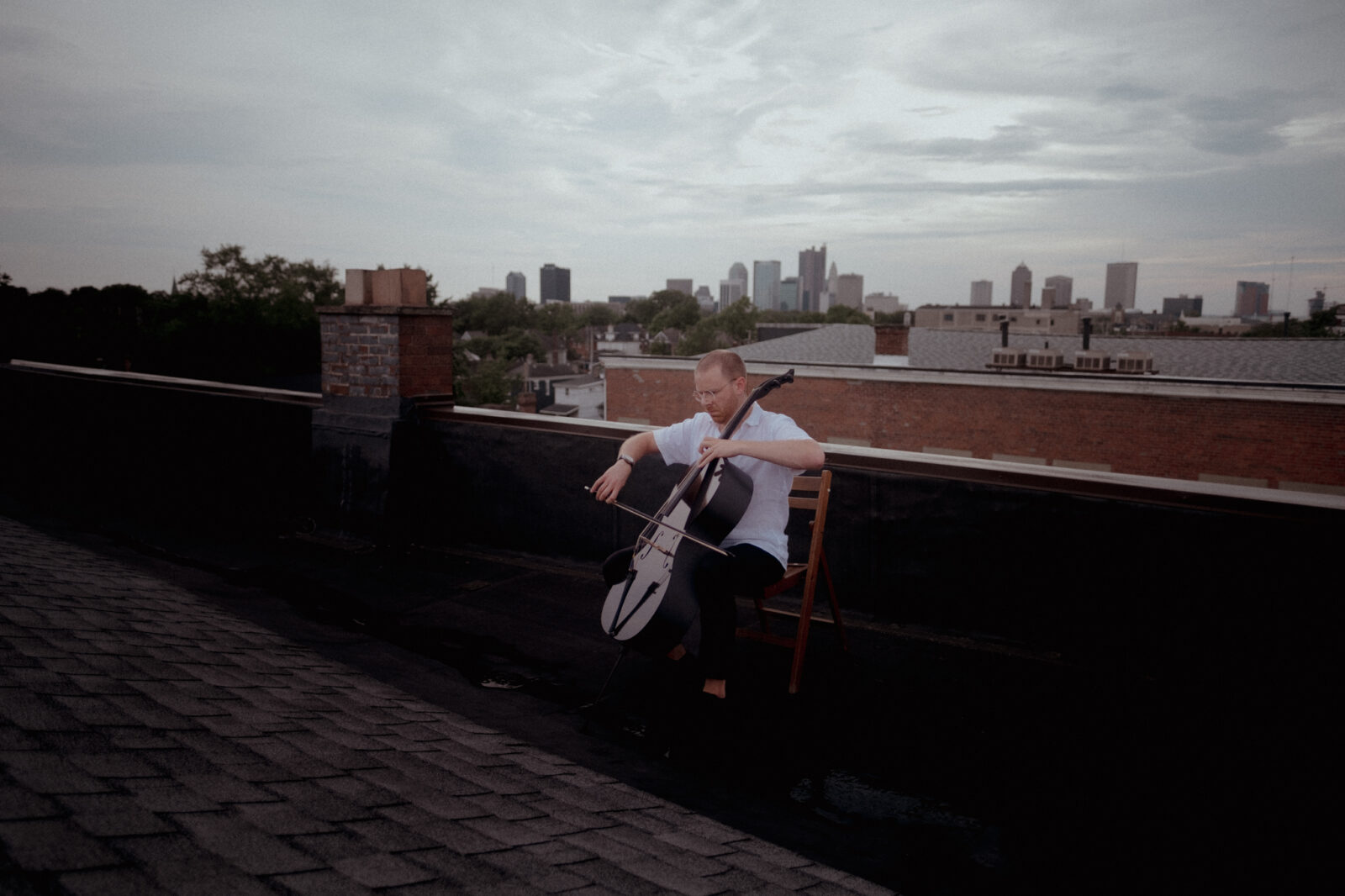
Andrew Brush: An amateur cellist with a global reach
After ACMP’s modest beginnings nearly 80 years ago, ACMP has grown to have a global membership, and perhaps nobody embodies this boundary crossing more than Andrew Brush. With his cello in tow, he splits his time between his home in Columbus, Ohio, and Buenos Aires, with visits to Europe and Istanbul, where his wife is from. Along the way, he has developed diverse musical interests, with influences ranging from Argentina to Mali. We caught up with Andrew recently after he had returned to Columbus, where he serves as a member of the ACMP North American Outreach Council.Read More ↗
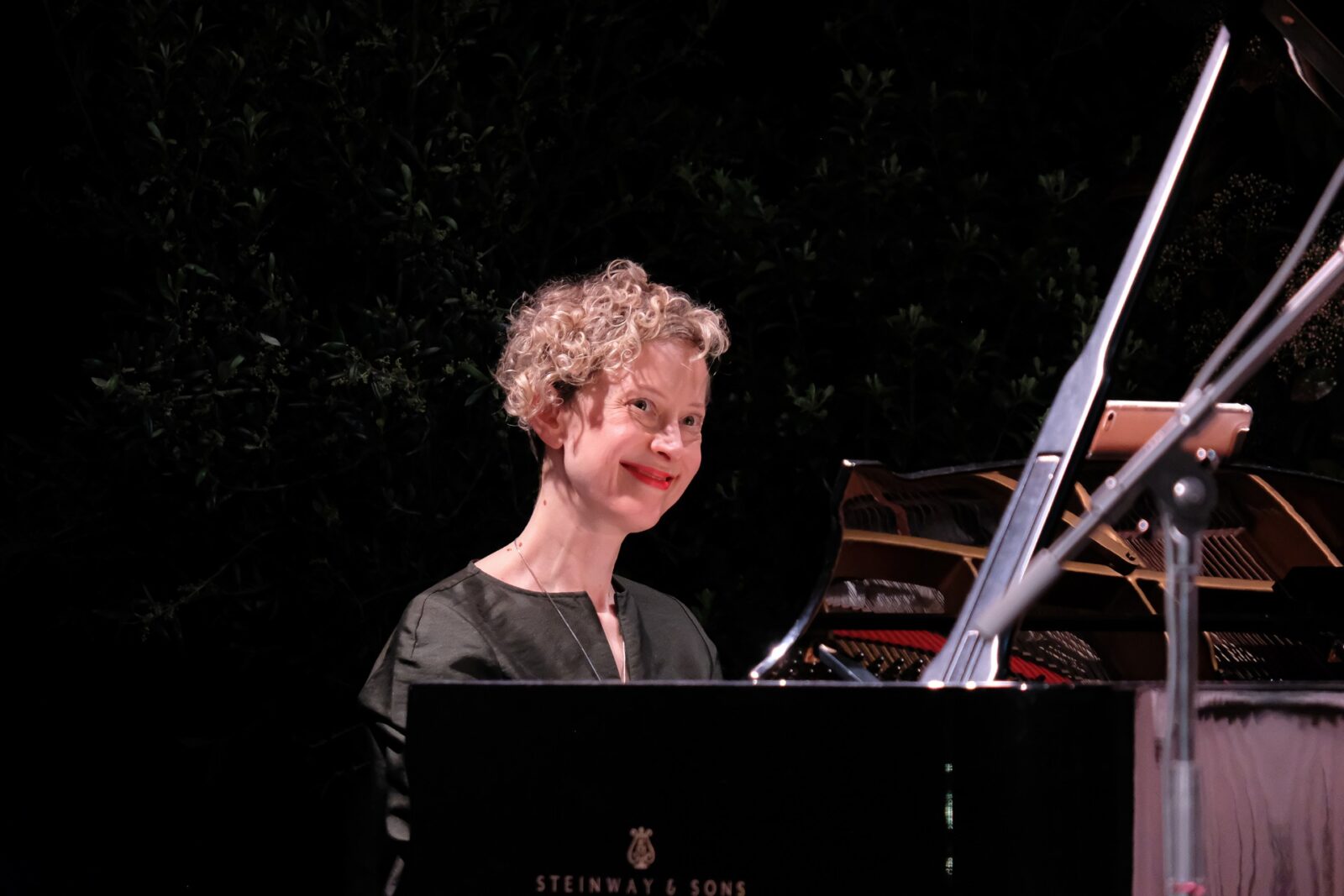
Befriending Performance Anxiety: simple tips for success
Performance anxiety is a universal experience, a survival mechanism that is hard-wired. Many of us react with shaky hands, lack of focus, shallow and fast breathing, rapid heart rate, and even feeling queasy. This is all perfectly natural - our protective sympathetic nervous system comes online to save us from danger, real or imaginary! Join Dr. Xenia Pestova Bennett for a free online webinar about managing performance anxiety on Thursday, October 30th at 6pm UK/Ireland time.Read More ↗
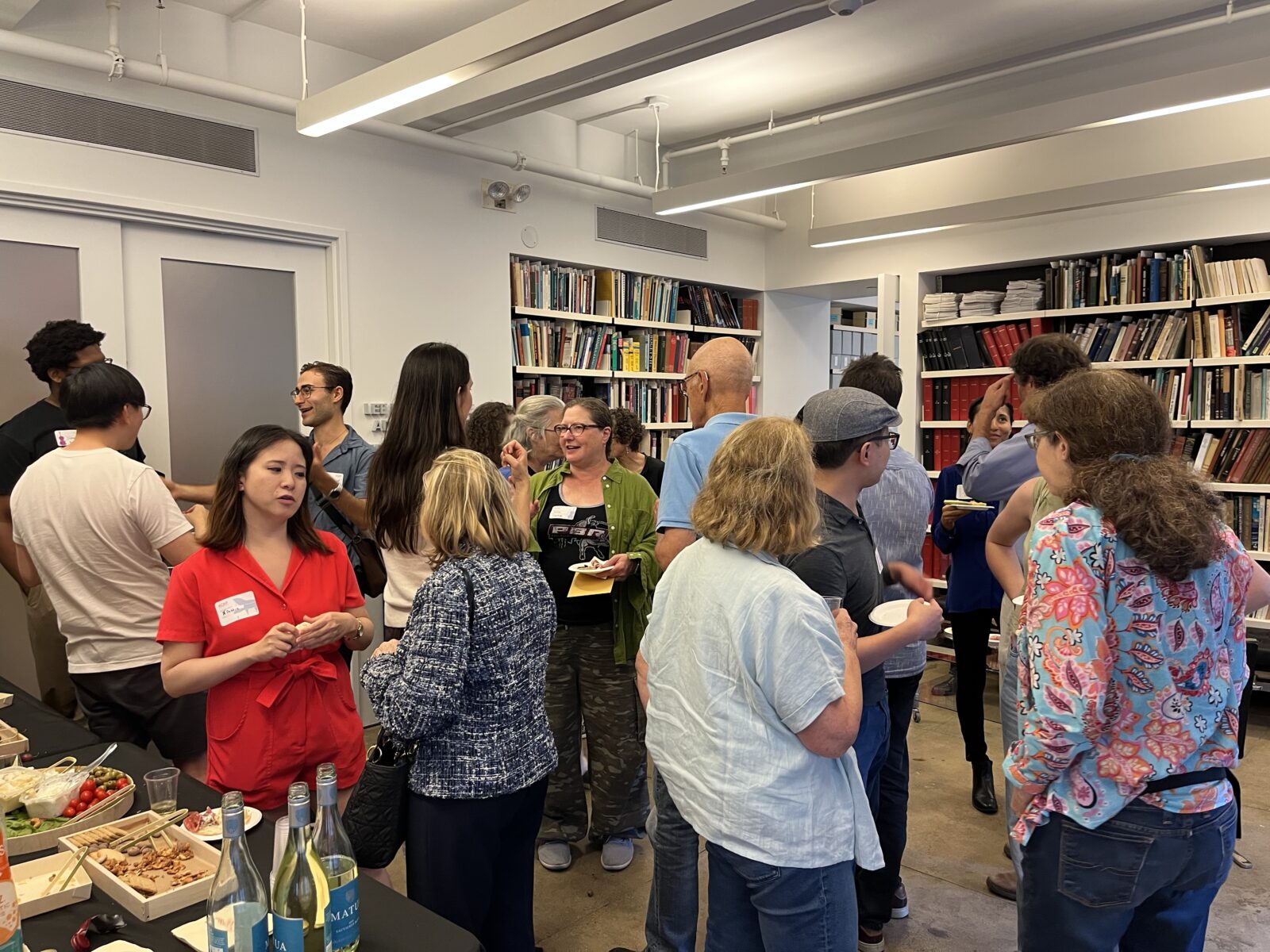
The Great American Play-In: ACMP and ACO
On Saturday, September 13 ACMP embarked on its first collaboration with the American Composers Orchestra (ACO). Together we organized a Play-In focused entirely on music by twentieth and twenty-first century American composers. Over the course of three hours, forty-five musicians discovered sixteen pieces or sets of pieces by a wide range of American composers, spanning from 1896 through 2025.Read More ↗
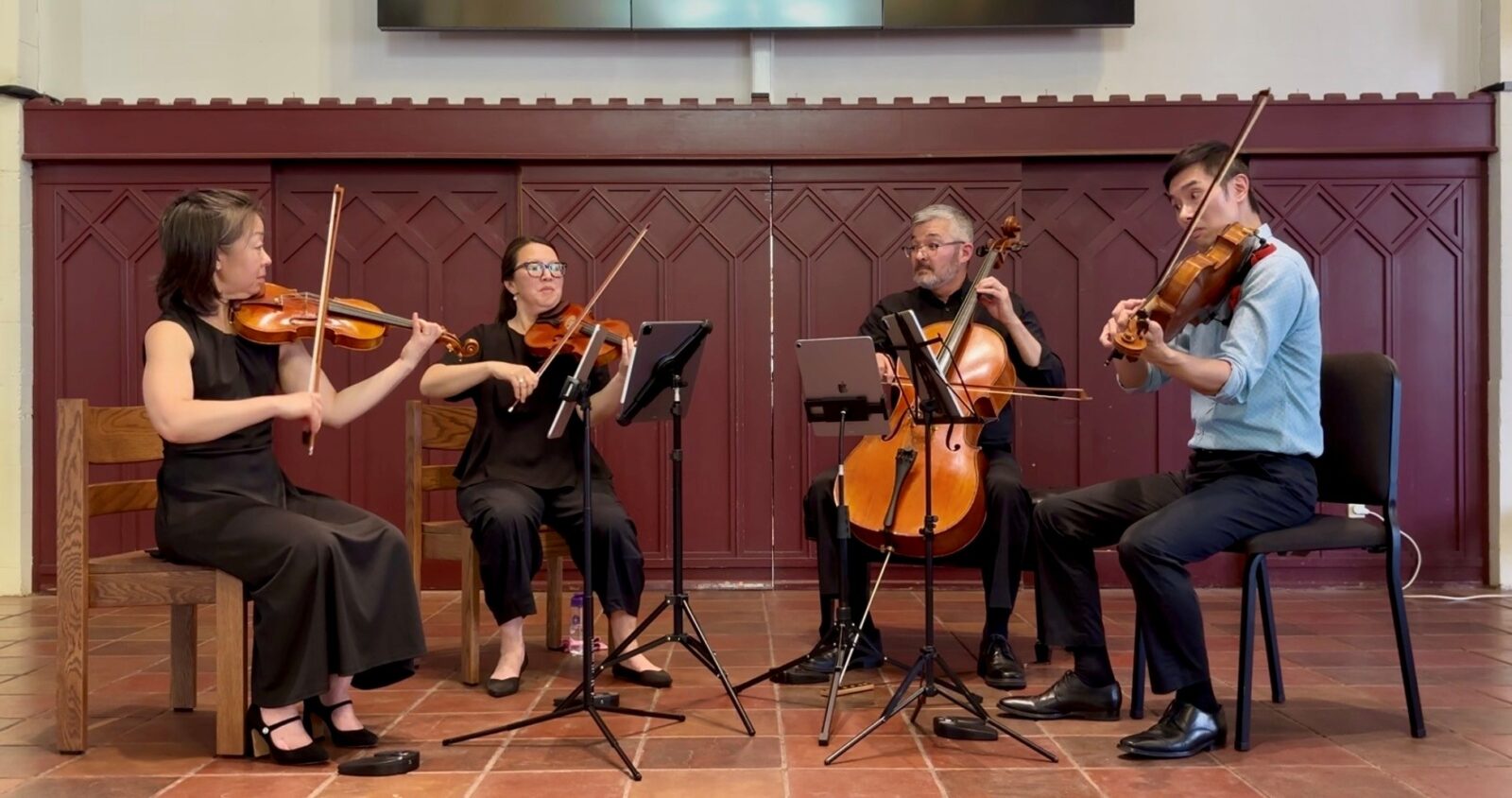
Just Play Concert: Exploring New Voices and Old Masters with the Tarka String Quartet
Thanks to a “Just Play” grant from ACMP, the Tarka String Quartet—Sue Soong and Julie Park on violin, Kevin Jim on viola, and Angus Davol on cello—recently shared a program in San Diego that reflected their passions: exploring new voices by women composers alongside the great works of the quartet tradition.Read More ↗
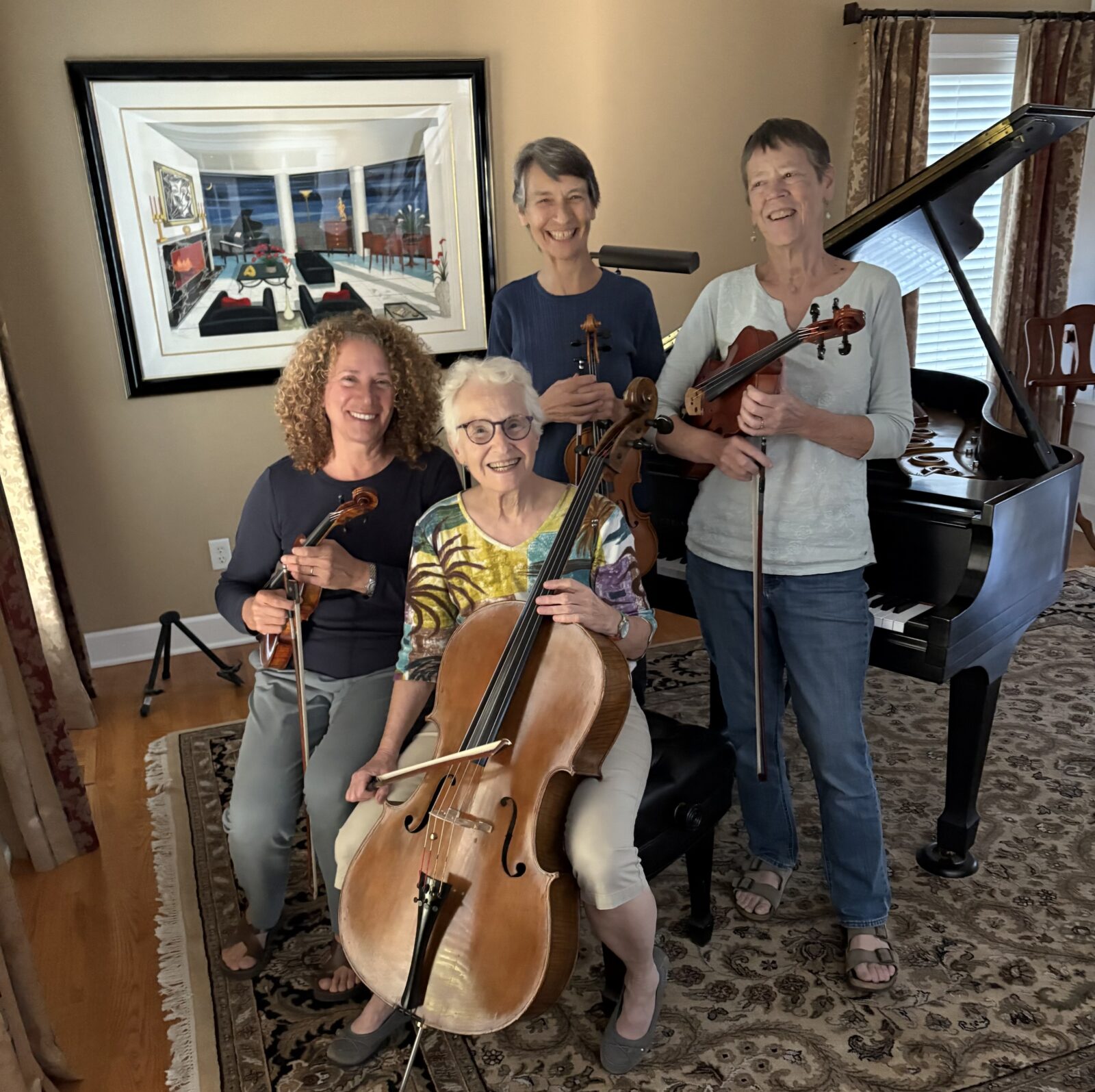
ACMP Members of the Month – October 2025
Playing in a regular string quartet is kind of like having a regular foursome in golf – everyone needs to be of roughly similar ability, and they also need to get along. When those two dynamics come together, the result can be a lasting chamber group that brings enduring friendships. Such is the case with our Members of the Month for October – Ruth Sklarsky, Barbara McIver, Ellen Henry and Kathy Lewis, residents of the Rochester, N.Y., area who have played in a string quartet for more than a decade. They got together and collectively answered a few questions about their musical journey.Read More ↗

ACMP Event: Meet Harumi Rhodes
Join ACMP’s Executive Director Stephanie Griffin on Saturday, November 1 at 2pm Eastern time for a lively discussion and Q and A with violinist Harumi Rhodes. Harumi is the daughter of two famous chamber musicians: Stephanie’s former viola teacher, Samuel Rhodes (Juilliard Quartet) and violinist Hiroko Yajima (Mannes Trio.) Find out more about Harumi’s early life in that celebrated chamber music milieu, and about her journey as she established her own career as the second violinist of the world-renowned Takács Quartet.Read More ↗
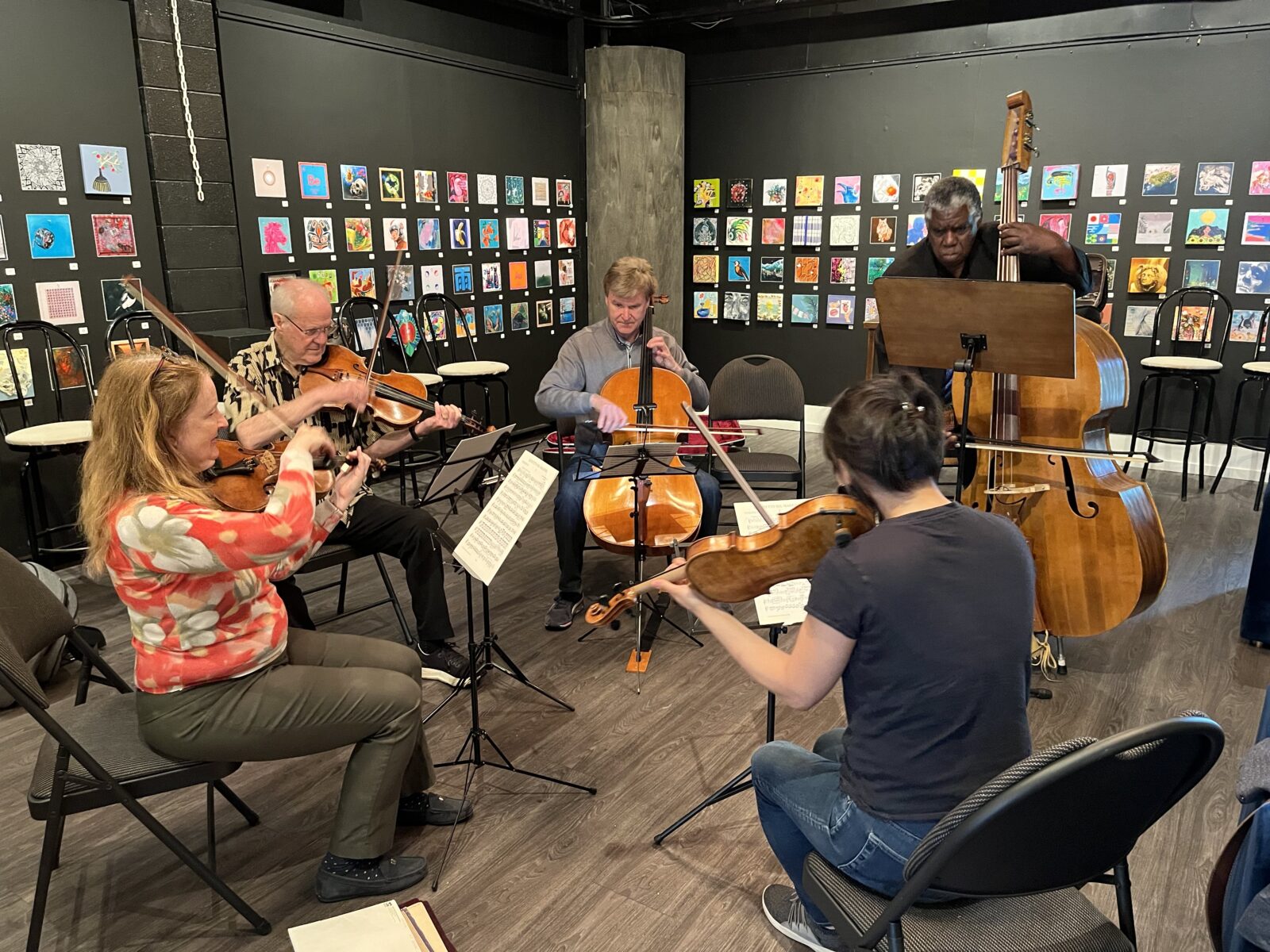
New guidelines for ACMP’s Workshop and Community Music Grant, deadline: October 24, 2025
ACMP's annual Chamber Music Workshop and Community Music grant cycle is open! Deadline: Friday, October 17. Read about the new guidelines and sign up for the Grant Information Session.Read More ↗

A weekend of music and renewal at Chautauqua
When you first set foot on the grounds of the Chautauqua Institution in southwestern New York, it’s easy to understand the lift in Arlene Hajinlian and Sonya Sutton’s voices when they speak about their summer homes, and why they would welcome a group of ACMP members for a weekend of music-making.Read More ↗
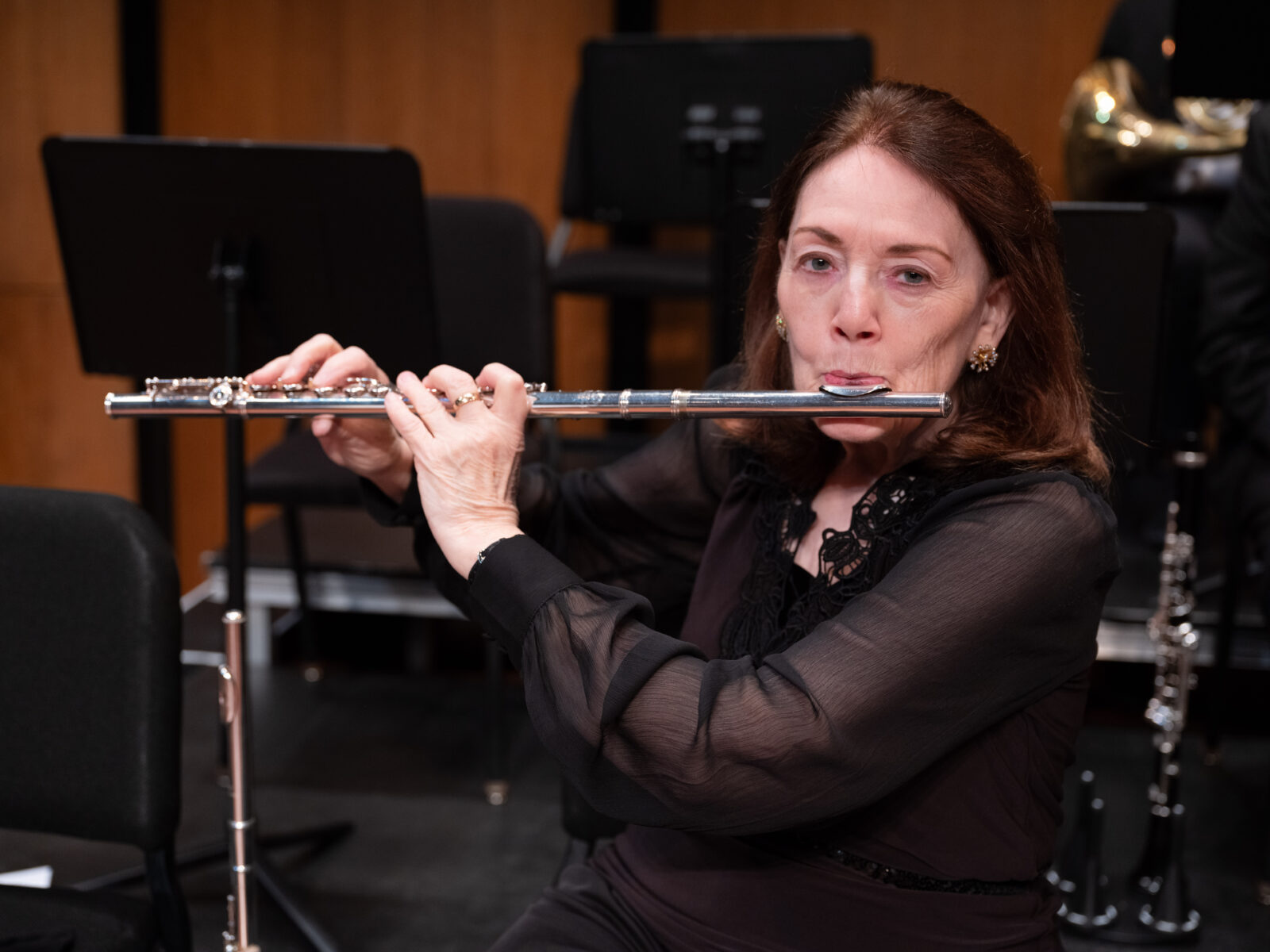
Optometrist by vocation, flutist by avocation
For someone who does not pay the rent as a musician, Pat Brown leads a full musical life with her flute. An optometrist by profession and a dedicated flutist, she has been a member of the Texas Medical Center Orchestra for more than 20 years, serving on the board and helping the group win national awards.Read More ↗
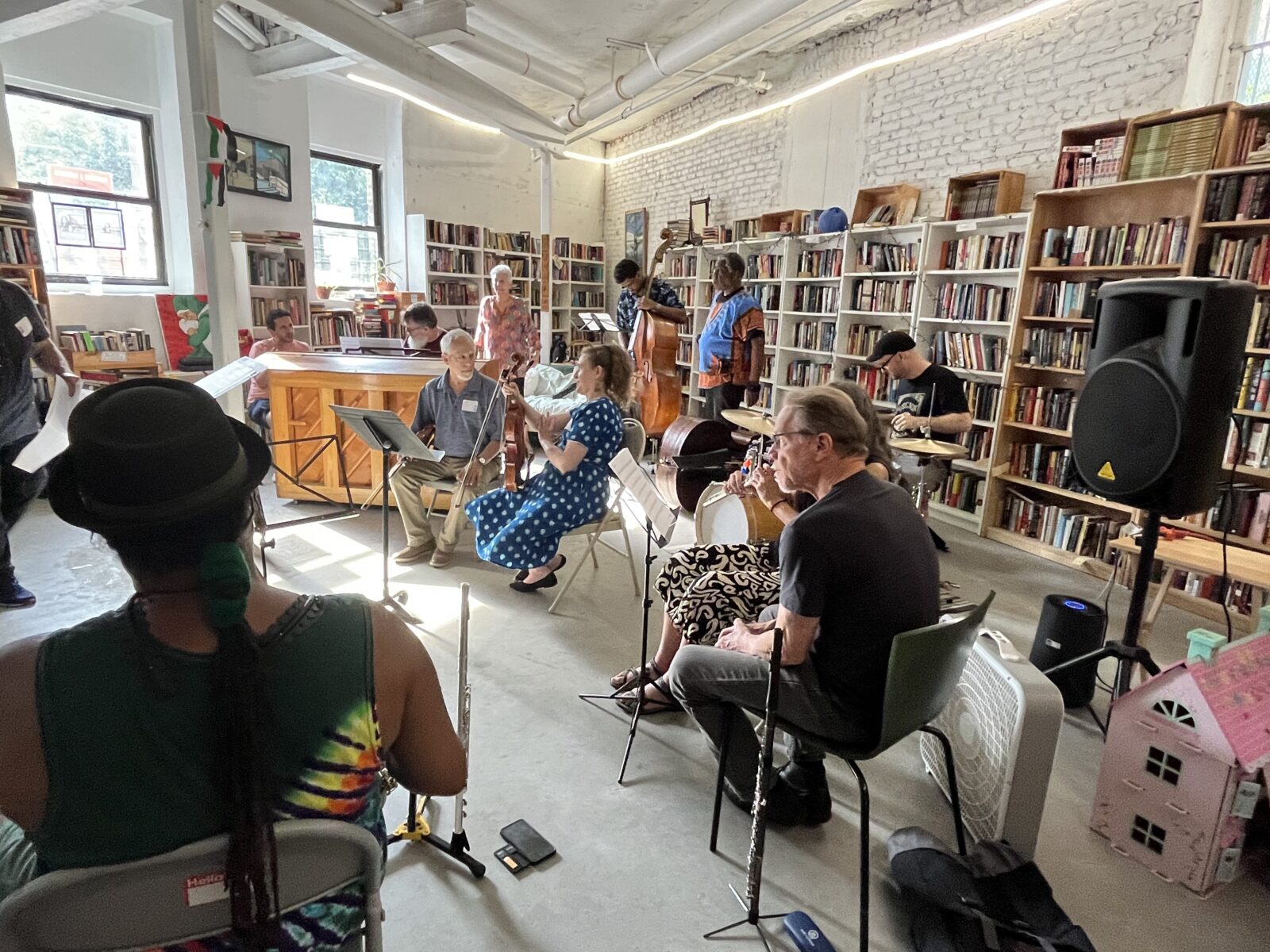
The Great American Play-In: Saturday, September 13 at Opera America
On Saturday, September 13 from 2 to 6pm, the American Composers Orchestra (ACO) and ACMP are hosting a fun and festive chamber music Play-In at Opera America (NYC), focused entirely on chamber music by twentieth-century and living American composers.Read More ↗

A professional pianist charts new musical paths with chamber music
When it comes to chamber music, ACMP pitches a big tent, from players just starting out to those rediscovering a passion for the music they played on their younger days. But ACMP’s membership also includes a thriving community of professionals — highly trained musicians who discover a community in ACMP that is hard to find elsewhere. Grace Shepard is one such professional living in South Florida and serving on ACMP’s North American Outreach Council.Read More ↗

How a cellist learned to love the viola, her way
Chicago-area cellist Ruth Rozen recounts her adventures with a vertical viola, opening the door to playing the inner voices in chamber music.Read More ↗
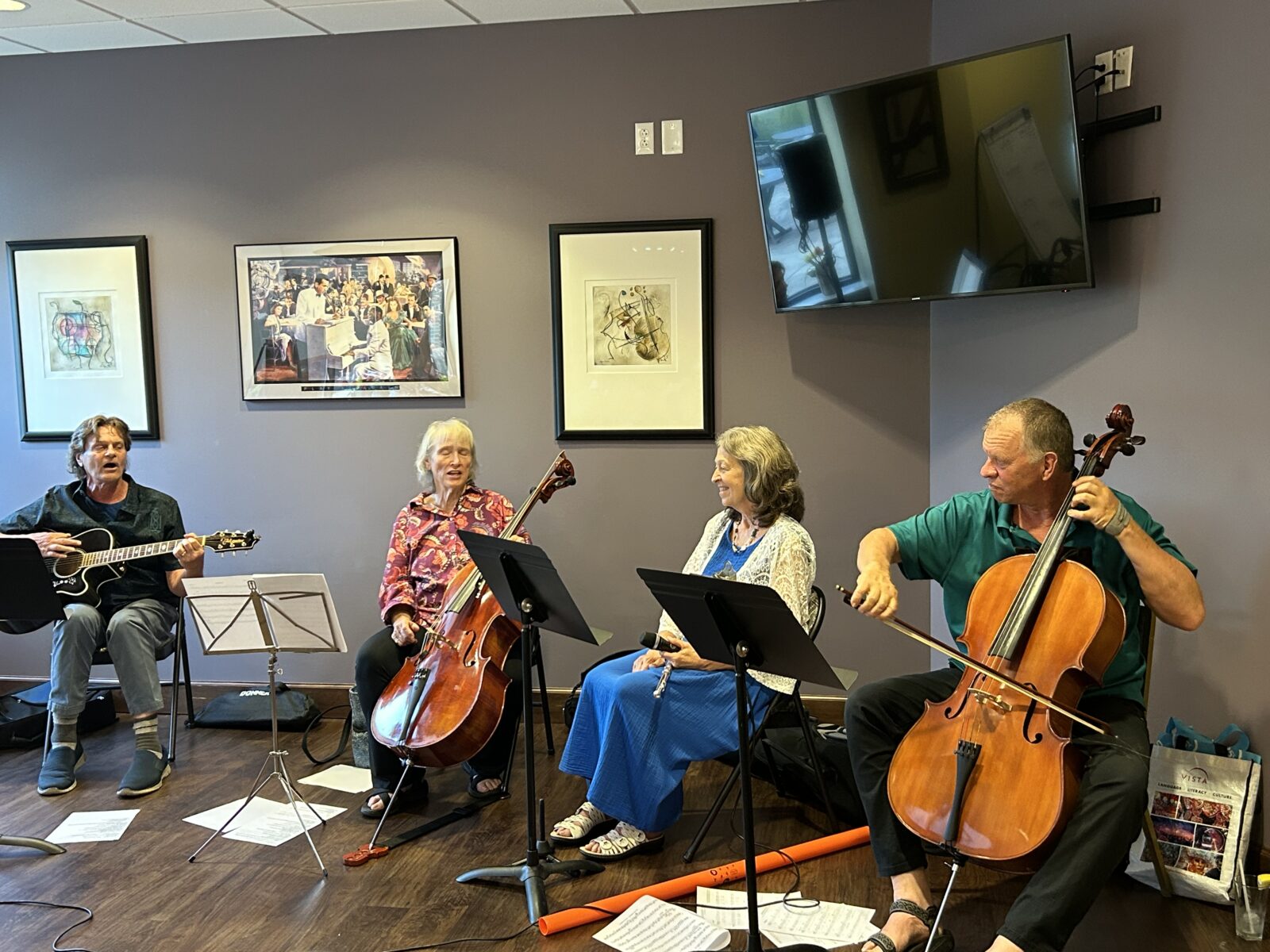
Tremendous Trivia Tunes: A Fundraiser for ACMP
Four members from DeKalb, Illinois tried a new method of fundraising for ACMP. They felt so grateful for ACMP's Home Coaching program and the wonderful teachers in our Coach Directory, that they came up with an innovative idea to give back to our community. They raised a little over $200.00, but the greatest part was how much fun they had doing it.Read More ↗

And the Play-Ins continued in June!
With ACMP's rapidly growing community of chamber musicians, Play-In season is never over! Read about two recent Play-Ins in June.Read More ↗
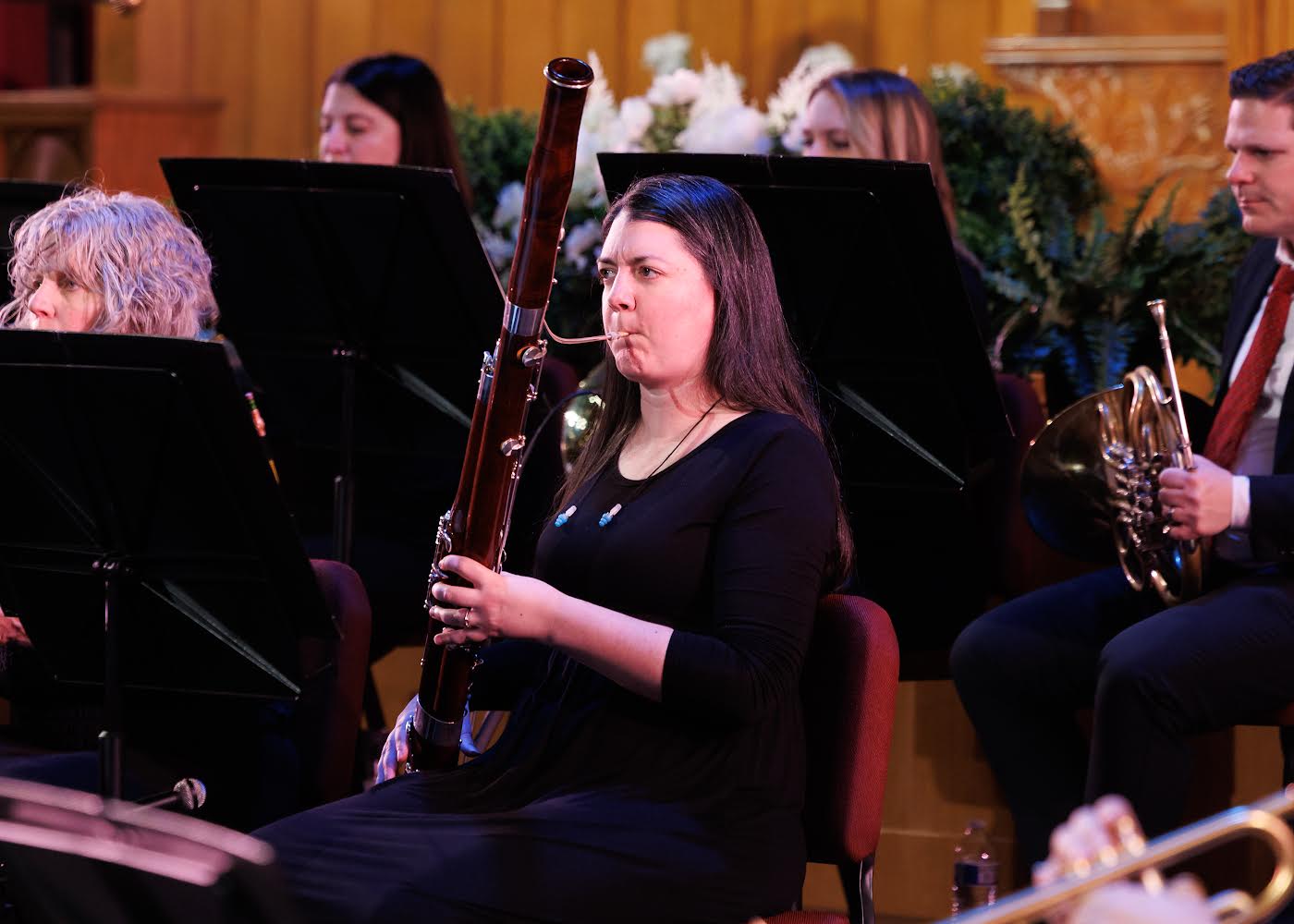
2025 News of Note Puzzle Contest Winner and Answers
Congratulations to bassoonist Jessi Vandagriff for winning this year's News of Note puzzle contest. And read more for the great puzzle answer reveal!Read More ↗
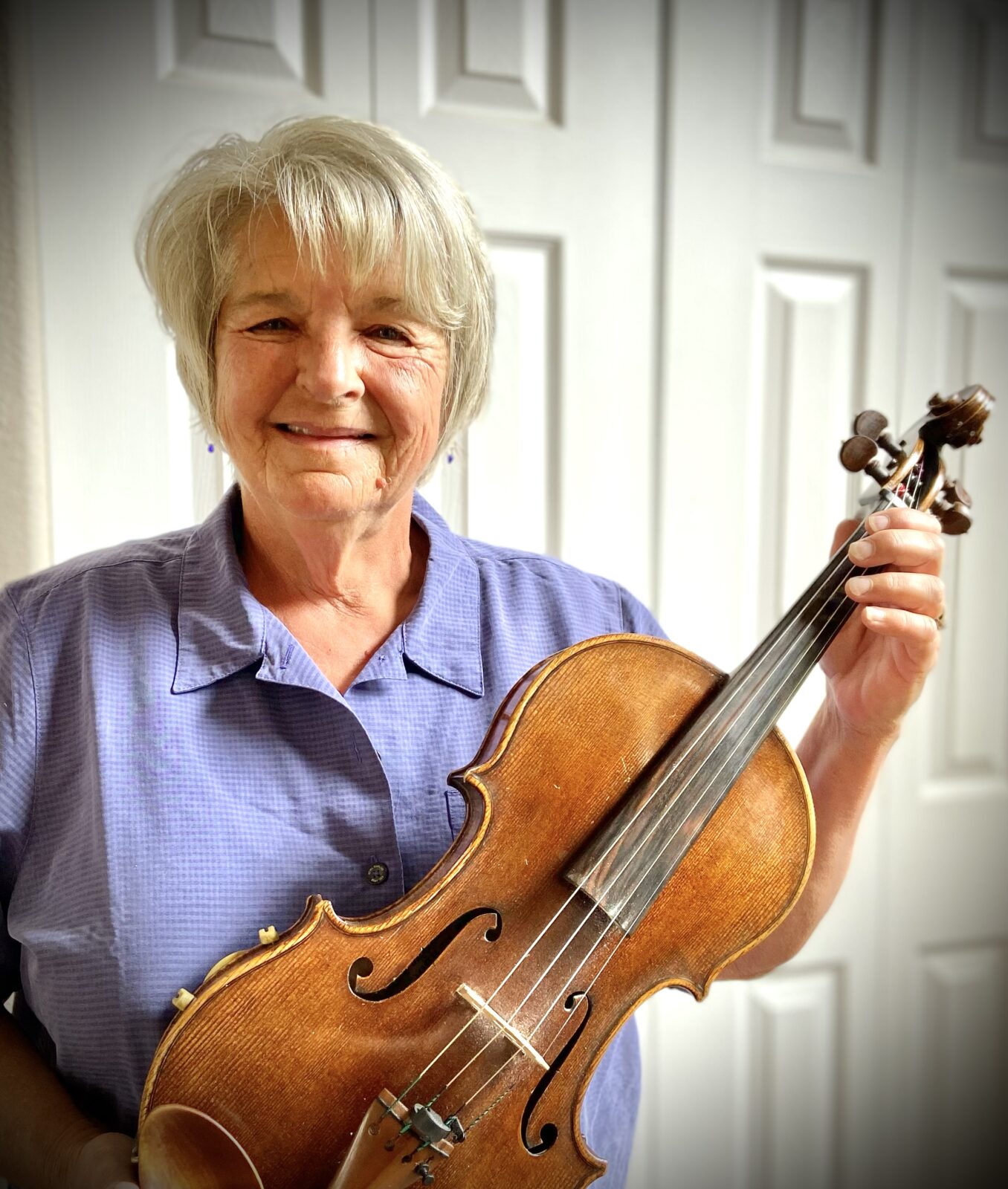
Member of the Month, July 2025: Cheryl Hite
The ranks of ACMP members are filled with professionals who began their college careers with the intent of pursuing music for a living, then for whatever reason moved into another career. Colorado-based violist Cheryl Hite is one of those musicians. A native of Detroit, she enrolled at Indiana University in the 1970s as a double major – biology and viola performance. Read her interview with ACMP Board Chair Bob Goetz.Read More ↗

The day my quartet played out of tune and almost got our host evicted
Chamber music can be a high stakes activity - play a bit out of tune, and your host could end up on the street. Read about one such close call in New York City.Read More ↗

News of Note 2025
It’s that time of year again! The web version of the 2025 News of Note is live, featuring updates from the past year—and some fun extras, including everyone’s favorite: a new puzzle. (Submit your answers by July 1!)Read More ↗
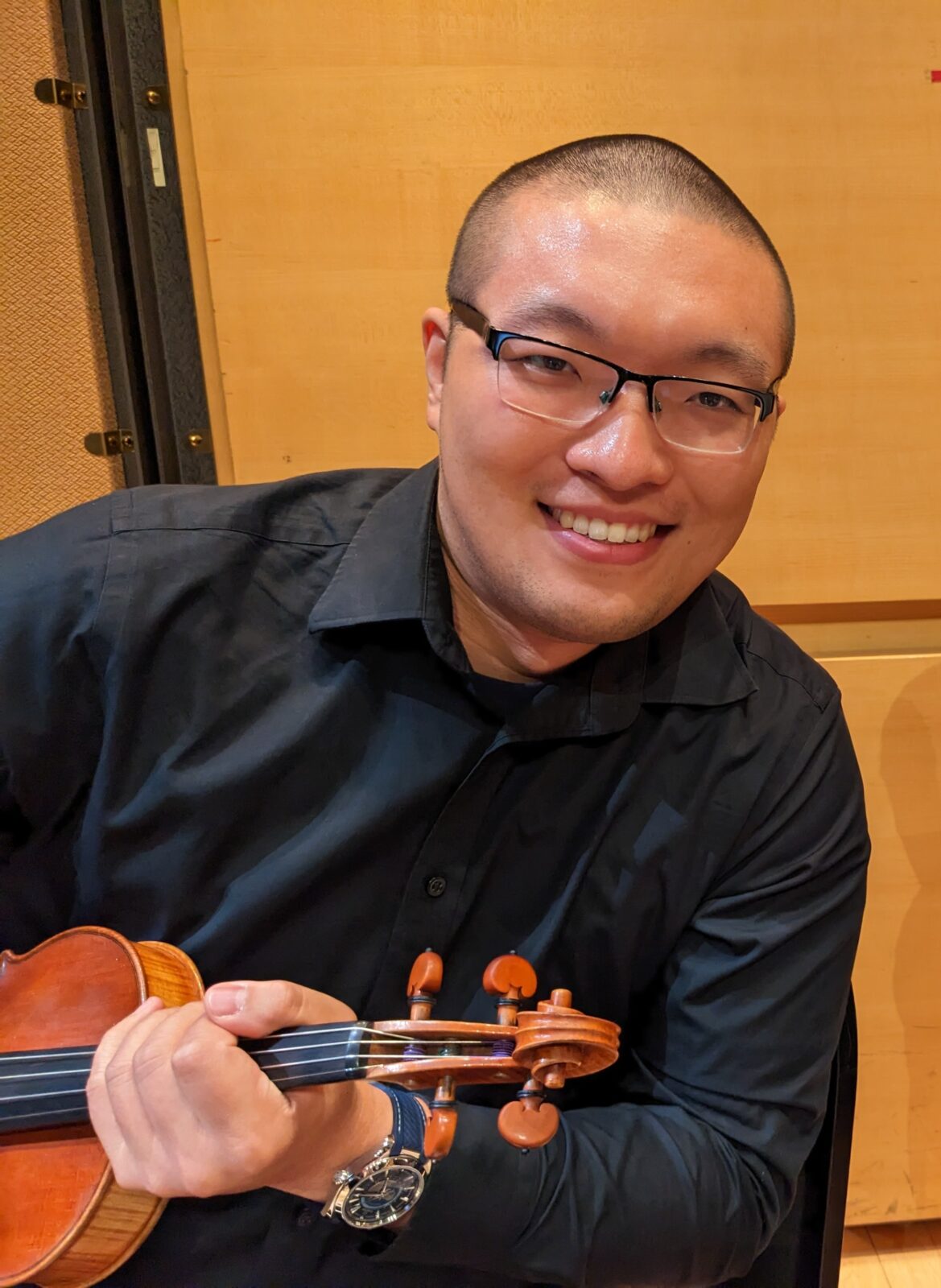
Member of the Month, June 2025: Frank Song
Frank Song, 28, may work remotely as a software engineer, but when it comes to music and the arts, he is all about being there, in person. With the flexibility to travel in his work, he seeks out concerts or museum exhibits in cities far beyond his home in Toronto. And while he’s at it, he takes along his violin to play chamber music. We caught up with Frank on a recent visit to New York, where he played chamber music with people he found through ACMP.Read More ↗